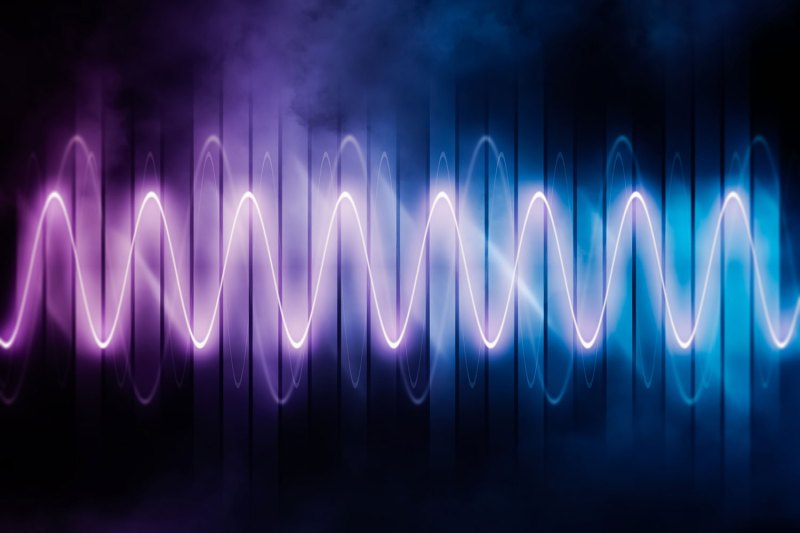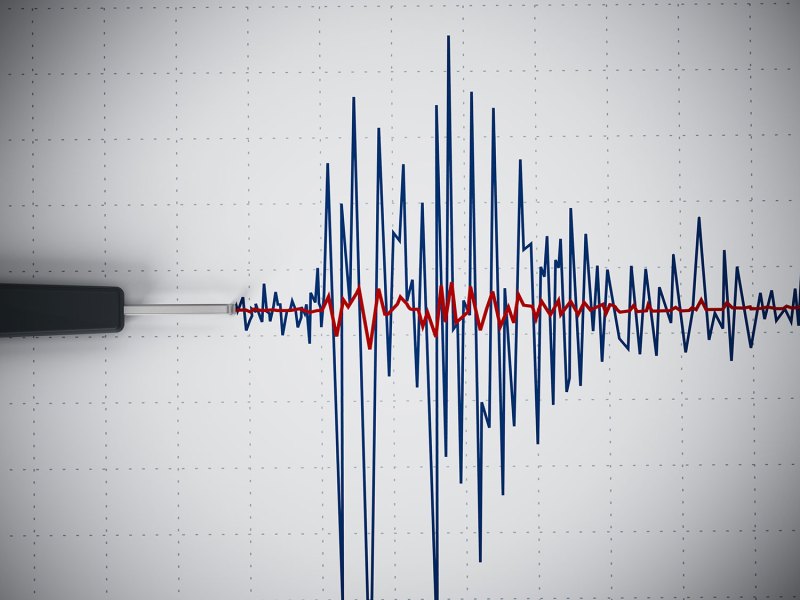Workshop 21
Multi-dimensional wavefield deconvolution: current status and the road ahead Friday, June 6Th | Room 6 (level 2)
Convenors
- Matteo Ravasi (Shearwater GeoServices)
- Ross Haacke (Viridien)
- Dmitri Lokshtanov (Equinor)
- Claudio Bagaini (SLB)
Description
Multi-dimensional convolution and deconvolution represent the workhorse of many algorithms developed over the last two decades for seismic processing and imaging. Examples include SRME and their closed-loop implementations, Multi-Dimensional Deconvolution (MDD), and Marchenko-based demultiple and redatuming methods, which are formulated as an inverse problem and therefore carry out a multi-dimensional deconvolution process. These approaches generally require dense spatial sampling, can be challenging to regularize, and are computationally expensive. For these and other practical reasons it is not always the case that higher dimensionality leads to better results for imaging the subsurface when compared with simpler methods such as Up/Down Deconvolution (UDD) implemented in a common receiver domain. In this workshop, we would like to explore the current status of multi-dimensional convolution or deconvolution methods and discuss their particular challenges and practical limitations or workarounds. Specifically, we welcome contributions that:
– Summarise practical experience with the methods;
– Compare one-dimensional (UDD, DDD) and multi-dimensional (MDD) methods with field
examples;
– Study the limitations of MDC/MDD methods and how these can be addressed;
– Discuss implementation details, or enabling technologies in data preparation;
– Investigate the conditions under which multi-dimensional operators can out-perform one-
dimensional operators;
– Explore the application to seismic time-lapse monitoring; discuss required processing steps
within UDD, DDD and MDD leading to improved 4D signals;
Sub-Topics that will be covered in the workshop:
– Multiple attenuation via one-dimensional and multi-dimensional deconvolution;
– Acquisition and data preparation requirements for multi-dimensional deconvolution;
– Multi-dimensional deconvolution for time-lapse applications;
– Other applications of the Multi-dimensional convolution or deconvolution in seismic processing
and imaging.



Participant Profile
Researchers, practitioners, and students interested in better understanding the value and outstanding challenges of multi-dimensional convolution and deconvolution in seismic processing and imaging.
Workshop Programme
| Time | Activity |
|---|---|
| 09:30 | Welcome - Convenors |
| 09:40 | Introduction to workshop |
| Session: UDD for seabed processing | |
| 09:50 | Wavefield deconvolution 30 years on: a practical tool for free surface multiple attenuation, designature, and more?" - Rodney Johnston (BP) |
| 10:10 | Robust up-down and down-down deconvolution for OBS data - Dmitri Lokshtanov (Equinor) |
| 10:30 | Processing and Imaging of OBN Data Using Separated and Full Acoustic Wavefields - Tim Seher (TGS) |
| 10:50 | Q & A |
| 11:10 | Coffee Break |
| Session: MDD for seabed processing | |
| 11:40 | Monopole or Dipole? - Gary Hampson (DUG) |
| 12:00 | Deep-water ocean-bottom seismic data processing using multidimensional deconvolution for improved multiple prediction - Daniele Boiero (SLB) |
| 12:20 | Multi-dimensional multiple modelling with sparse receiver lines - Gordon Poole (Viridien) |
| 12:40 | Q & A |
| 13:00 | Lunch Break |
| Session: UDD/MDD applications (beyond seabed processing) | |
| 14:20 | Multi-dimensional deconvolution as a framework for processing and targeted imaging - a comparison of redatuming approaches - Ivan Vasconcelos (Shearwater) |
| 14:40 | Marchenko redatuming by MDD and by double focusing: a systematic comparison - Kees Wapenaar (TU Delft) |
| 15:00 | A Practical Approach for Multi- Dimensional Deconvolution of Seismic-While-Drilling Data - Ning Wang (KAUST) |
| 15:20 | Deconvolution or inversion? Strategies for sparse data geometries - Eric Vershuur (TU Delft) |
| 15:40 | Q & A |
| 16:00 | Coffee Break |
| 16:30 | Discussion |


